The candlesticks stand on 3 slender legs with straight, fine paws, which in turn stand on 3 round pedestals.
Below the candlestick is a smooth plate with 4 rams' heads on the underside, followed by a narrow shaft decorated with leaves and ribbed, small balusters.
The centerpiece is a round ball with punched-in flowers and a free-floating, ribbed baluster at the end.
From this centerpiece, 3 dragon heads form the legs.
Ferdinand Barbedienne (* August 6, 1810 in Saint-Martin-de-Fresnay, Calvados department, France; † March 21, 1892 in Paris) was a French sculptor, bronze ware manufacturer, and gallery owner. One of the most important and popular Éditeurs d'art, or publishers of art articles, he had most of the French sculptors of his time under contract.
Life and work
Ferdinand Barbedienne was the son of a farmer. At the age of 13, he learned the Craft of saddlery.
In 1822 he moved to Paris, where he first worked as a clerk in a wallpaper shop. He received start-up capital from his employer to open his own store, which he set up on Rue Notre-Dame-de-Lorette in 1834. He pursued the idea of exhibiting bronze statues in addition to his core business and mass producing them in small format.
In 1838, he joined forces with the mechanic Achille Collas, who had developed the machine á reduction (réducteur for short); a device based on the principles of the pantograph that could reproduce three-dimensional objects in any size - reduced or enlarged. On November 29, 1838, both signed the founding contract for the company Société Ferdinand Barbedienne et Achille Collas, which aimed to commercially exploit the mechanized production of sculptural works for an initial 20 years. Barbedienne took care of the commercial management of the company, while Collas contributed the patent on his invention and seven existing machines, and with his profound knowledge of machinery was responsible for the production processes. Together they decided on the subject matter of the objects, the selling prices, and all other financial matters.
In 1841, they produced casts of the Apollo of Belvedere, the Spinario, and 21 pieces with the motif of a bas-relief of the Parthenon. These were followed by versions of the Laocoon group, the Venus of Arles, and the Borghese Fencer, among others. Special interest was initially shown in works from antiquity, for which casts from the Atelier de Moulage in the Louvre served as models. The company continued to produce works by representatives of the Renaissance such as Michelangelo, Donatello, Giovanni Bologna or by French sculptors such as Jean Goujon, Jean-François Flamand, Pierre Puget, François Girardon, Antoine Coysevox, Christophe-Gabriel Allegrain, Étienne-Maurice Falconet, Jacques Caffieri, Jean-Antoine Houdon and others. Great interest was also shown in works by well-known contemporary artists, with prizes received such as the Prix de Rome, membership in the Société des Artistes Français, or awards of the Cross of the Legion of Honor being some of the selection criteria.
In 1843, Barbedienne signed his first publishing contract with François Rude for the serial reproduction of a contemporary artist's works for the artist's lifetime, which quickly brought the company international renown. The first catalog was printed that same year, with others following about every two to three years. In 1847, the company established a foundry in Paris, whereupon Barbedienne became a member of the Réunion des Fabricants. Despite some difficulties during the February Revolution of 1848, the company's activities expanded, and it now turned to the manufacture of decorative arts objects such as mantelpieces, chandeliers, and candelabras. At that time, the Barbediennes store was located on Boulevard Poissoniére, and the workshop on Rue de Lancry. In 1851 he signed a contract with sculptor Jules Cavelier for an unlimited edition of his work Pénélope, which - originally created as Femme grecque endormie in 1842 - earned Barbedienne two Grand Médailles at the 1851 Great Exhibition in London. At the 1855 Paris Universal Exhibition, he received the Grand Médaille d'Honneur and eleven Médailles de Coopérateurs. During this period, Barbedienne secured the exclusive right of ownership and reproduction for the entire oeuvre of Auguste Clésinger. Barbedienne's biggest competitor was considered to be the Susse Frères foundry.
In 1859 Achille Collas died, whereupon Barbedienne continued to run the company alone with 300 workers. He received further awards at the London World's Fair in 1862. In 1865, he was elected president of the Réunion des Fabricants and held this position until 1885. In 1874, Barbedienne was admitted to the Legion of Honor as a commander. To compete with Japanese imports, which were in vogue at the time, Barbedienne experimented with new techniques for applying champlevé enamel and partitioned enamel between 1860 and 1890. During the Franco-Prussian War of 1870-71, the company made 70 cannons for the French Ministry of Defense.
After his death in 1892, Barbedienne was buried in the Père Lachaise cemetery. By then he had received numerous awards. By the time of his death, his company employed 600 workers and had produced some 3000 objects of art as well as decorative art objects in bronze. His products were also known and in demand abroad. He was one of the most important and popular manufacturers of bronzes, having contracted most of the sculptors of his time, including Antoine-Louis Barye, Barye le fils, Émile-Coriolan Guillemin, François Joseph Bosio, Jean-Baptiste Carpeaux, Henri Chapu, Pierre Jean David D'Angers, Emmanuel Frémiet, François Jouffroy and Auguste Rodin.
After his death, the company was continued by his nephew Gustave Leblanc-Barbedienne, who had previously been appointed as a partner. Leblanc-Barbedienne established sales branches in the United States of America, the Netherlands, the United Kingdom and Germany in 1913, although the demand for Industrial small sculptures was already declining. In the United Kingdom, the company worked with Jackson & Graham in London and Thomas Agnew & Sons in Manchester and Liverpool, and in the United States with the Bigelow-Kennard company in Boston and Tiffany & Co. in New York City. The company was discontinued in 1954.

















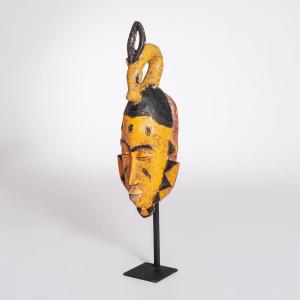
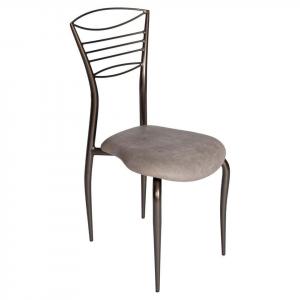
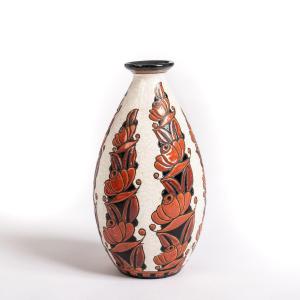
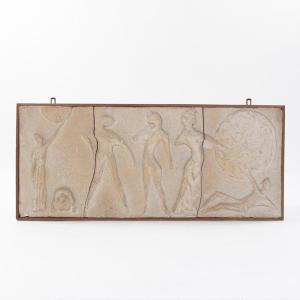
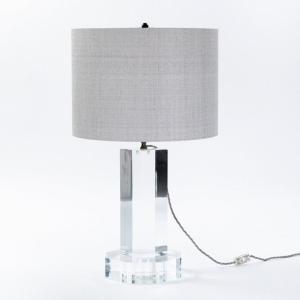

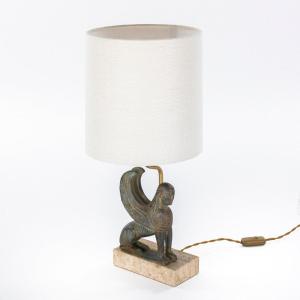
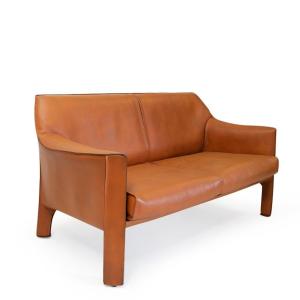
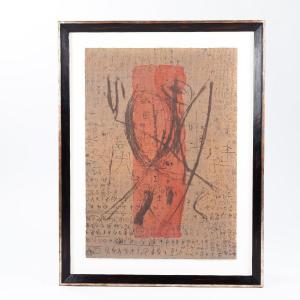
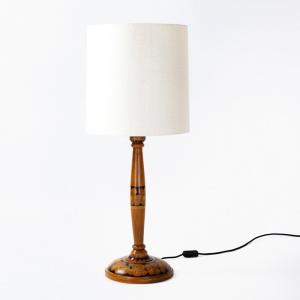
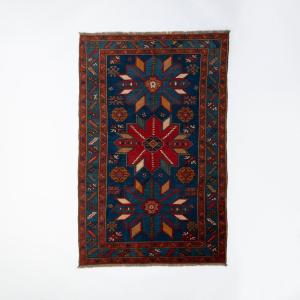
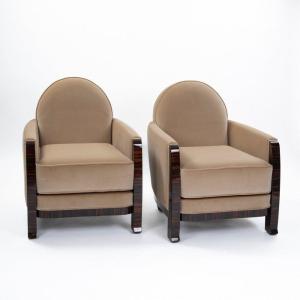
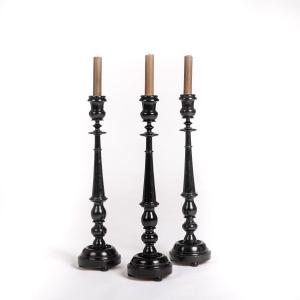

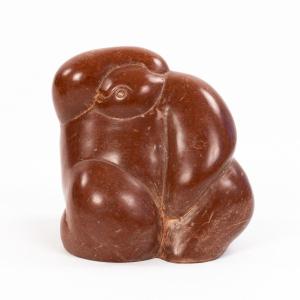


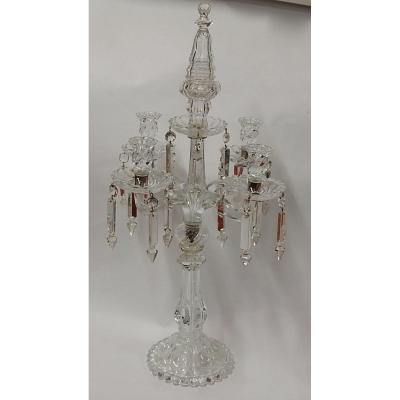





 Le Magazine de PROANTIC
Le Magazine de PROANTIC TRÉSORS Magazine
TRÉSORS Magazine Rivista Artiquariato
Rivista Artiquariato